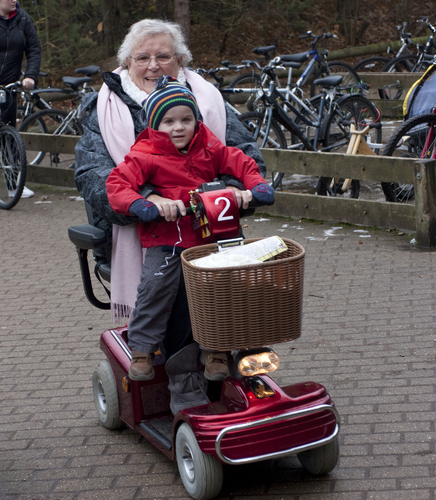One of the challenges of IPF is that as the disease progresses, the activities of daily living become more challenging. Getting out of the house becomes a big chore and patients increasingly limit what they are willing to do. This may lead to isolation and amplify loneliness and disconnection from family and friends. Hobbies are often ignored and your spouse or partner must decide to remain at home with you or leave you alone. Below are some strategies that my patients have found useful over the years.
 I encourage my patients to view their energy like a tank of gas. Each day they are given a small tank of gas. When their tank is empty, it does not get refilled until the next morning. As a result, patients have to plan carefully how best to use their limited reserve of energy. Activities such as bathing use up a surprising amount of energy and deplete your gas tank. Walking similarly may use up a surprising amount of energy.
I encourage my patients to view their energy like a tank of gas. Each day they are given a small tank of gas. When their tank is empty, it does not get refilled until the next morning. As a result, patients have to plan carefully how best to use their limited reserve of energy. Activities such as bathing use up a surprising amount of energy and deplete your gas tank. Walking similarly may use up a surprising amount of energy.
Adaptive Technology When Living with IPF
Anything that makes your life easier is a type of adaptive technology. The two items that make the most difference in a patient’s routine are a shower chair and a lightweight collapsible wheelchair. As IPF progresses and patients become more short of breath, bathing becomes an increasingly difficult chore. In addition to using your oxygen while showering, having a chair upon which to sit makes a big difference. Showering before bedtime also can prevent you from using all your gasoline in the morning. By showering and then going to bed, you reserve the full tank of gasoline for the next day.
A lightweight wheelchair is a very helpful device. Many patients resist using a wheelchair until very late in their disease course. Pride, self image, denial all are barriers to timely use of a wheelchair. To be clear, the wheelchair is not meant for all activity but rather it allows you to get out of the house and participate in activities without spending all of your gasoline on getting there. For example, going out to dinner with friends is an activity that requires very little energy except for the part of getting from the car to the table. Even with handicap parking spaces, the walk distance can be substantial. Going to the movies and enjoying a museum are other examples of activities that are a challenge without a wheelchair. Not all wheelchairs are equal. Find a lightweight folding one that you or your spouse can easily lift from the trunk. Full size ones are very heavy and don’t fold down easily.
Power scooters are an extension of the folding wheelchair. They amplify the benefits and are particularly useful for patients where energy conservation throughout the day is a goal of care. Some patients feel less of a stigma with a power scooter than a wheelchair. The goals in my mind are the same—maximize participation with your family and remain involved in the activities that you enjoy. For example, one of my patients is a car enthusiast and found going to car shows too much work. He became quite depressed as he gave up this hobby. After I finally persuaded him to get a power scooter and return to his hobby, his mood brightened and he was much happier. With a power scooter, it is important to consider if it will be used in the house and outside the house. Some scooters require a lift on the back of your car and others break down into 3 parts that fit into a car trunk. Do your homework and don’t be “sold” by the salesperson. Find one that works for your needs.
Stay tuned for future articles on the topic of making your life easier.